An amazing Montana road trip visiting scenic parks, monuments, and small towns and discovering the history of the wild west in Southeast Montana.
Disclaimer: this Montana Road Trip was hosted by the friendly folks at Visit Southeast Montana. Thanks go out to them for all of their support!
Amazing Southeast Montana is a great place for a road trip. It has wide-open spaces, beautiful prairies, amazing rock formations, and small towns with incredible museums chronicling the history of the wild west. Add the badlands, dinosaurs, hiking trails, wildlife, good food, craft beer, and the nicest people you’ll find anywhere, and you have the perfect ingredients for a great Montana Road Trip.
We spent 5 days visiting all of the places in this post, and we still didn’t see it all. More time would have been even better, especially in Medicine Rocks State Park and the Terry Badlands. We also stayed in Billings and Bighorn Canyon and covered them in separate posts: Fun Things to Do in Billings, Bighorn Canyon National Recreation Area, Sapphire Hunting in Montana, and Pictograph Cave State Park.
Southeastern Montana Road Trip Map

In This Article
This article has the following information to help you plan a great road trip to Southeastern Montana:
- An interactive map of our route (above)
- Details about the scenic parks and monuments, museums, and interesting towns we visited
- Places where we stayed and ate
- Best time to go information

Little Bighorn Battlefield National Monument
The National Parks Service’s website for Little Bighorn Battlefield National Monument is titled “Little Bighorn, a Place for Reflection.” And reflection is what this monument is and should be about because it didn’t end well for anyone.
The U.S. Army went to Montana to push the plains tribes from their native lands, where their people had lived or hunted for thousands of years. The army did so because hoards of gold-seekers and settlers wanted to move in. The northern plains Indians were fighting for their lives and way of life, and while they decisively won this battle, they largely lost the war.
On our visit, we were fortunate to have Rose Williamson, a member of the Crow Nation, give us a tour. She’s a pro, her voice, her descriptions, and her expressive gestures really bring the events leading up to the battle to life.

Diamond Butte Lookout Tower in Custer Gallatin National Forest
Are you looking for a place to truly get away from it all or a very unique or inexpensive place to stay in an area with lots of recreational opportunities? If so, Diamond Butte Lookout Tower could be perfect for you.
The lookout tower sits atop 4,245-foot Diamond Butte in the Custer Gallatin National Forest. It’s remote, but there are lots of things to do including hiking, horseback riding, hunting, elk shed hunting, fishing, camping, birding, wildlife viewing, photography, stargazing, astrophotography, mountain biking, snowmobiling, and cross-country skiing.

In the summer the tower is an active fire lookout for the Ashland Ranger District, but from September 15th to May 15th it can be rented. It’s 20 miles from anywhere, it’s rustic, and it’s sparsely furnished, but the 360-degree views and recreational opportunities are great.
If interested, the U.S. Forest Service page for Diamond Butte Lookout Cabin provides details and reservation instructions.

Broadus Montana
Broadus is in southeastern Montana, but it’s as western as you can get and proudly so. Many of the locals are ranchers or cattlemen and the stores in town sell western clothing, gear, and gifts. On our visit, we stayed at the Sagebrush Inn and had steak for dinner at the Stockman’s Club. It’s western.
Powder River Historical Museum
The Powder River Historical Museum is the top place to visit in Broadus. Operated by a dedicated group of volunteers, it’s a labor of love and it shows.
The Museum is housed in a cluster of buildings that include a Pioneer Cabin, School House, Auto Barn, and Jail. The main building is packed with collections of firearms, spurs, all kinds of household goods and appliances, vintage clothing, uniforms, and a lot more. You could spend a day here and not see it all.

One of the larger buildings is Mac’s Museum. It’s a private collection amassed by Mac McCurdy, and it’s remarkable. Mac’s collections include over 1,700 arrowheads and about 22,000 seashells. The seashell collection is the largest west of the Mississippi and Mac identified, labeled, and carefully stored the shells in display drawers.

Broadus Walking Trails
With help from the Montana State University Broadus Extension, the town also has eight walking trails, which are intended to help improve health and fitness. I got up early and walked the 2.5-mile (round trip) Powder River Trail. The weather was perfect and it was a great walk.
The trail is mostly paved and parallels Highway 212. It ended near the bridge over the Powder River with a fence and tricky gate system that, I assume, was there to keep deer and other animals from getting from the river to the highway. I got through the gate and under the bridge and close enough to the river to get the photo above.
Locals say the river is:
A mile wide, an inch deep, too thin to plow and too thick to drink.
Where We Ate and Stayed in Broadus

Ekalaka Montana
This small town was such a delightful surprise. First we toured the Carter County Museum, which was the first museum to display dinosaurs in Montana and is one of 14 sites on the Montana Dinosaur Trail. The museum also has an impressive collection of early settler and Native American artifacts, but this post is about dinosaurs.
Carter County Museum
Montana’s rich connection to paleontology comes into full focus in Ekalaka. The star at the museum is a nearly complete and totally real Hadrosaur (duck-bill) skeleton that was found about 30 miles from Ekalaka. It’s the fourth largest in the world, and it’s not a casting; it’s the real bones of a real dinosaur that lived in the area around 75-million years ago.
There’s also an impressive T-Rex, but unlike the Hadrosaur, it’s cast from a skeleton discovered in Fallon County in 2004. The T-Rex (named Wyrex after its founder) lived and was excavated in Montana, but the skeleton is on display at the Houston Museum of Natural History.

Montana Dinosaur Trail
Montana is a paleontology treasure trove, and many of the dinosaur fossils on display in museums around the country came from here. Geology and weather conspired here in Montana to create and then erode mountains, which include layers from the Cretaceous and Jurassic periods. As rain and melting snow wash away soil and rock from the exposed formations, they slowly and steadily give up the fossils.
The Dinosaur Trail has 14 locations scattered across Montana, and their beautiful and informative Montana Dinosaur Trail website has a map and a page for each of the 14 locations with descriptions of their displays. You can even order a Montana Dinosaur Trail Prehistoric Passport and have it stamped as you visit the locations.
Dino Shindig
The town of Ekalaka holds an annual two-day Dino Shindig on the last weekend in July:
- Day 1 — visitors hear lectures from leading paleontologists, take part in fun activities, and end the day with food, music, and dancing in the street.
- Day 2 — those who signup go to and take part in an active dig site at the Hell Creek or Pierre Shale formations.
Wouldn’t it be an awesome trip to visit all 14 stops on the Montana Dinosaur Trail and also attend the Dino Shindig? I’d certainly be up for it.
Where We Ate in Ekalaka

Medicine Rocks State Park
Medicine Rocks is a 320-acre State Park with about 100 strange and beautiful rock formations. Some stand alone like towers and some are clustered or chained. For millions of years, wind and water eroded the sandstone to create these formations — some are as high at 80-feet. Theodore Roosevelt visited Medicine Rocks in 1883 and wrote:
As fantastically beautiful a place as I have ever seen
Medicine Rocks are sacred to the plains Indian tribes, whose ancestors have lived or visited here since the last ice age. It’s called Medicine Rocks because they gathered medicinal plants here.
The location was also used as a lookout for bison and for vision quests. There are lots of native artifacts in the area and thousands of tribal petroglyphs carved into the rocks.

This is also a great place for stargazing and astrophotography because there is little light pollution. On a clear-moonless night, you can actually see the Milky Way.
We were briefly able to see it between sunset and moonrise on our visit. Professor-Stargazer-Astrophysicist Corinne Brevik, from Dickinson State University in North Dakota, was there with a huge telescope. She programed it to find and lock in on a series of stars, and we took turns viewing them.
It was amazing; we could actually see the rings of Saturn. The Medicine Rocks State Parks website has information about the park and both a park map and trail map. Camping is on a first come, first serve basis. For details, visit the official Montana State Parks fee chart.

Baker Montana
Baker, on the far eastern edge of Montana, was started by the railroad in 1908 to provide water for its steam engines. This high prairie location had natural springs, and the railroad built a dam to create a small lake. The steam engines are long gone, but the lake is there in the center of Baker. The lake has a boat dock and is stocked with fish.
It and the adjacent park and ball fields provide recreation and entertainment for the community. It’s the community-gathering place for events like the Fourth of July. Baker also has two really visit-worthy museums: The O’Fallon Historical Museum and Prairie Rose Classics:
O’Fallon Historical Museum
The O’Fallon Historical Museum occupies a cluster of six buildings just behind the county courthouse. The main building is the former Fallon County Jail, which explains the bars on the windows.
Collectively, the six buildings have antique carriages and tractors, classic cars, a schoolhouse, a homestead house, dinosaur fossils, and a variety of displays including the Boy Scouts and both World Wars. Their featured attraction is the world’s largest steer.

Prairie Rose Classics
The Prairie Rose Classics showroom has a collection of beautifully restored cars and a stunning mural on the wall outside. It’s like being on Route 66 in the 1960’s. Most of the two-dozen or so cars are from the 1950s or 60s, but there are a few from the 20s and 30s.
After visiting both museums, we stopped by Old Skool Brewery and sampled the goods (and they were very good).
Where We Ate and Stayed in Baker
- Heiser’s Bar & Casino
- Red River Inn & Suites

Terry Montana
No road trip in southeastern Montana would be complete without visiting the small town of Terry because it’s home to the Evelyn Cameron Gallery, and it’s the gateway to the Terry Badlands. Add a stay at the historic Kempton Hotel, a visit to the Prairie County Museum, an agate hunt along the banks of the Yellowstone River, and the nicest, friendliest people you’ll find anywhere, and you’ll be so happy you came here.
Evelyn Cameron Gallery
Evelyn Cameron is an extraordinary woman who lived a difficult, but very interesting, pioneer life. Born into a wealthy English family in 1868, she was well educated and destined to lead a life of privilege and leisure. But she and her husband, Ewen Cameron, decided they wanted to move to Montana, and they did so in 1891.
In Montana, she was both a farmer and rancher, but she’s most known for her frontier photography and the details she wrote about daily life in her diary. From 1894–1928 she took thousands of photos of everyday life in Montana. There are photos of cowboys working, chuck wagons, women on horses, children, animals, scenery, and much more. The Evelyn Cameron Gallery has a collection of her original photos on display.
In 2005, Montana PBS released the documentary: Evelyn Cameron: Pictures from a Worthy Life. The words “worthy life” in the film’s title come from a line Evelyn wrote in her diary about her move to Montana. During dinner at the Evelyn Cameron Gallery, Glenda Ueland, Chairman, Evelyn Cameron Heritage, Inc. shared the full quote:
I wish to live a life worthy enough to look back upon, but I am far out of that path now.
Evelyn Cameron would likely be amazed at just how worthy her life looks 90-years after her death. In the PBS Documentary, Karen Stevenson plays the role of Evelyn Cameron. The photo collage above includes a photo of Karen, which I took at an event in Billings.
Prairie County Museum
The Prairie County Museum is next door to the Evelyn Cameron Gallery. It’s packed with displays and a collection of artifacts from every aspect of frontier life from the mid 1800s into the early 1900s.
The museum even has a steam-heated brick outhouse. They also have a transcript of Evelyn Cameron’s dairy detailing each day’s work and events. Each day, the museum staff opens the journal to the entry from 100-years earlier.

Terry Badlands
These otherworldly lands are no doubt bad for farming and ranching, but for us sightseers and photographers, they’re not bad at all. The Bureau of Land Management Terry Badlands website provides detailed directions to get to the Badlands from Terry MT. There are two routes; neither are paved and both routes are impassible when wet:
- Scenic View Overlook is where I took the photo below. The overlook is 8.5 miles from downtown Terry.
- Calypso Trail is an 8.5-mile primitive road through the heart of the Badlands. Vehicles with high clearance and all-wheel drive are recommended. It’s about 5.5 miles from downtown Terry to the start of the Calypso Trail.
Where We Ate and Stayed in Terry
- The Terry Chamber of Commerce hosted a wonderful dinner at the Evelyn Cameron Gallery.
- Kempton Hotel
Interesting detail: The Kempton is the oldest continuously operating hotel in Montana and is decorated accordingly. There are hints that the hotel may be haunted but only by the friendliest ghosts.

Miles City Montana
Miles City is the largest town on our Montana road trip. Founded after the Battle of Little Bighorn, Miles City’s been a frontier town, a railroad town, and a horse-trading and livestock center. It’s ideally located where the Tongue River flows into the Yellowstone, giving locals and visitors lots of recreational opportunities. There are hiking trails along the rivers as well as fishing, hunting, bird watching, and rock collecting.
Range Riders Museum
The Range Riders Museum celebrates the rich history of eastern Montana. The huge collections are housed in a cluster of buildings, including some that are also historical. There are old photos, dioramas of Fort Keogh and Chief Lame Deer’s Camp, antique cars and farm equipment, a hallway with recreations of Old Milestown storefronts, and huge collections of guns, arrowheads, saddles, barbed-wire, and more. You could easily spend and entire day at the museum.
Waterworks Art Museum
It must have taken great vision and a lot of hard work, persistence, and money, but the people in Miles City transformed an old, retired waterworks facility, on the banks of the Yellowstone River, into the amazing Waterworks Art Museum. The dilapidated underground water tanks are now a huge, beautiful exhibit hall.
Their permanent collection includes LA Huffman photographs from the late 1800s and early 1900s, and contemporary works by several well-known Montana artists like J.K. Ralston’s paintings of the old west, and Kevin Star’s gorgeous depictions of Native Americans.
Staff members at the Waterworks offer art classes onsite, and they also travel around Southeastern Montana in their Van-Go to bring art to rural schools, homeschooled children, and children on reservations. The children learn drawing, pottery making, raku firing, and more.
Tongue River Winery
Bob and Marilyn Thaden and their son Josh own and operate the Tongue River Winery. Bob gave us a tour, let us help harvest grapes, and served a selection of their wines. He explained that his motivation as a wine maker is to prove that it’s possible to grow good grapes and produce really good wines in Montana.
The biggest obstacle to wine making in Montana is that grape vines can’t usually survive minus 40-degree weather, but North Dakota State University has created a breed that is surviving the cold, and Bob and family are making good wine. I’m not qualified to judge wine, but I really like their Perfect Kiss — a white wine with a kiss of sweetness. And, yes you can order wines on the Tongue River Winery website.
Where We Ate and Stayed in Miles City

Pompeys Pillar National Monument
Pompeys Pillar is a giant section of rim rock that’s separated from the rest of the rims along the Yellowstone River. The park ranger speculated that the Yellowstone changed course at some point stranding a section of rim on the opposite side of the river. In any case it’s pretty awesome having this two-acre, 200-foot high pillar standing alone on an otherwise flat prairie.
Captain William Clark stopped here and climbed the pillar on the return leg of the Lewis and Clark Expedition. Witnessing the many pictographs on the rocks, Clark added his own name and the date on July 25, 1806. It’s the only site on the Lewis and Clark National Historic Trail with visible evidence of their expedition.
The views looking out over the Yellowstone River and rim rocks from the top of the tower are well worth the hike up. And the really solid boardwalk makes the trek easier — even though it includes 200 stair steps. From the walkway, you can see William Clark’s signature and date scratched into the stone next to Native American pictographs. Captain Clark wrote in his journal:
This rock I ascended and from it’s top had a most extensive view in every direction. This rock which I shall Call Pompy’s Tower…
Clark named the tower after Sacagawea’s 18-month-old son — Jean Baptiste ‘Pomp’ Charbonneau. Pompy’s Tower later became Pompeys Pillar. For a deeper dive with more photos, bits of history, and things to do and see, checkout our Visit to Pompey’s Pillar article.
The monument is open from the last Saturday in April to October 31st and there is a per vehicle fee. It’s managed by the Bureau of Land Management, so check their website for details. After visiting Pompeys Pillar, we returned to Billings, where our Montana road trip ended.
Best Time for a Montana Road Trip
Summer is best because the weather is nice, the wildflowers are in bloom, the roads are passable, and everything is open. Some of the parks, monuments, and museums are open seasonally.
Conclusion
I had high expectations for this Montana Road Trip, and it did not disappoint. The small, remote towns in Southeastern Montana are such great places to visit. They all have wonderful museums, interesting histories, scenic areas, good food, and the nicest, kindest people on the planet. Go there! You’ll be happy you did.
About the Author
Ginny Vail is a travel writer who loves travel planning, sightseeing, photography, and videography. She’s visited all 50 states and traveled around the world. Her articles focus on discovering places to go, sights to see, and details about when and how to visit them.

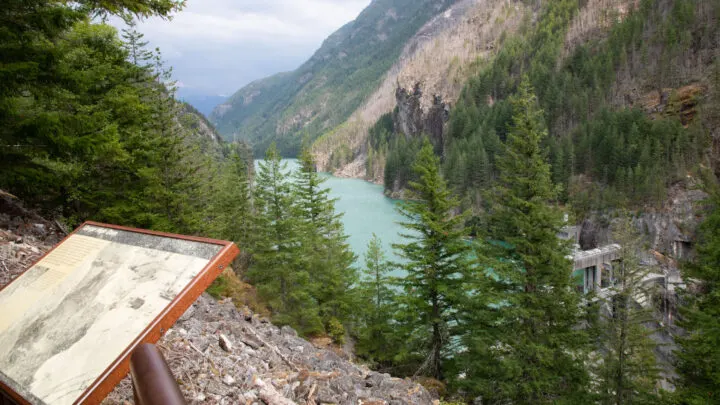
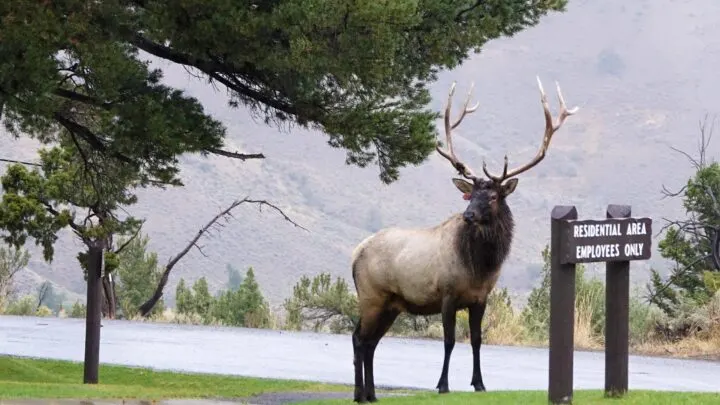
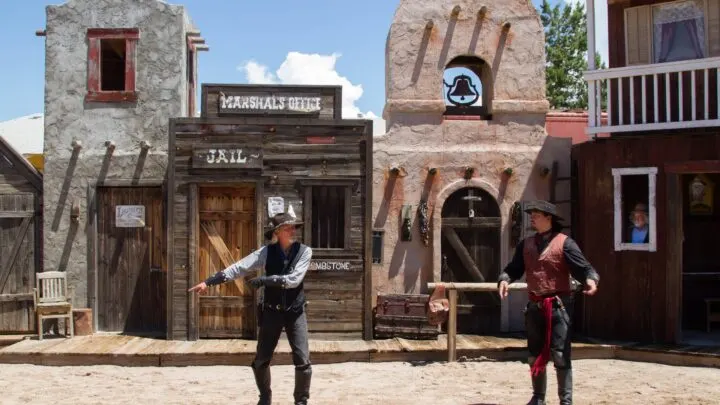
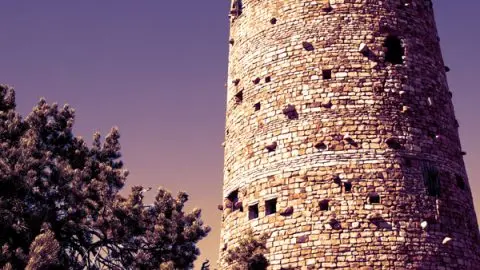

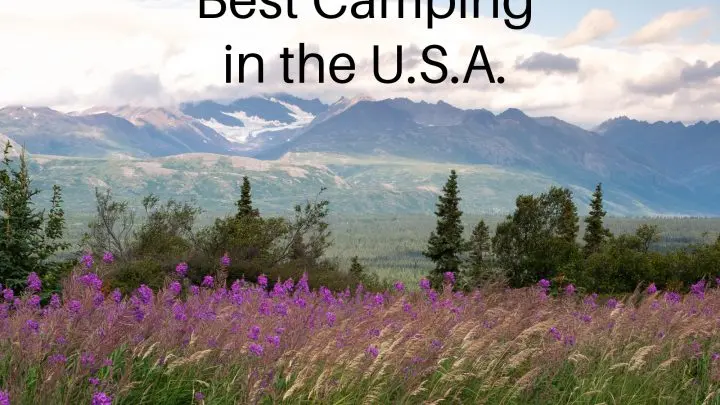
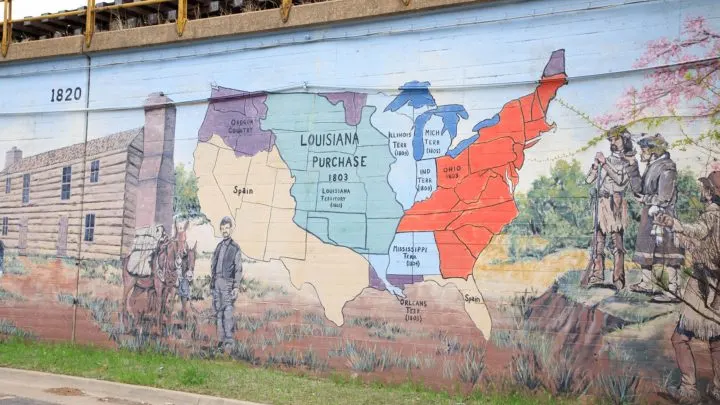
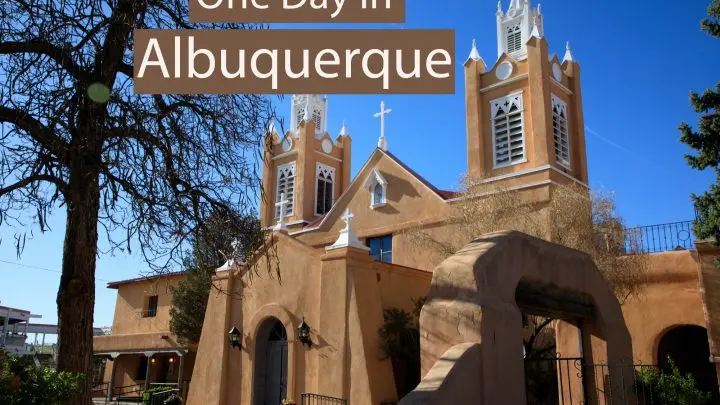
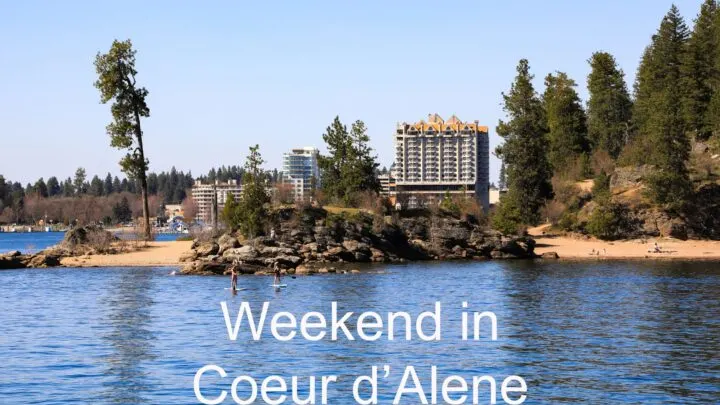
Edith Marty
Tuesday 4th of May 2021
Sorry Makoshika State Park in Glendive was not mentioned, especially the Lion's Club A-Frame with killer panoramic views and lower accomodations for rent at a reasonable price, and our two remarkable museums...for starters.
Ginny Vail
Sunday 9th of May 2021
Edith, I’m sorry I missed Makoshika State Park and Glendive too. The images on the website look amazing. My Southeastern Montana road trip was organized as part of a Travel Writers Conference in Billings, and I went where the organizers sent us. I hope to get back to Montana and would love to visit Makoshika State Park.